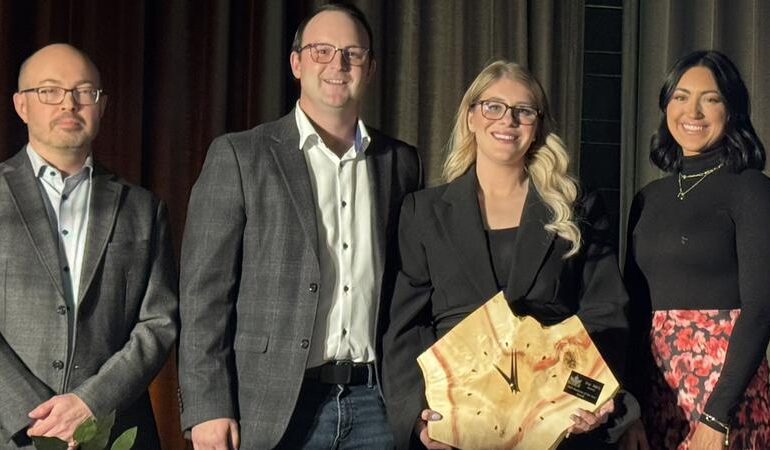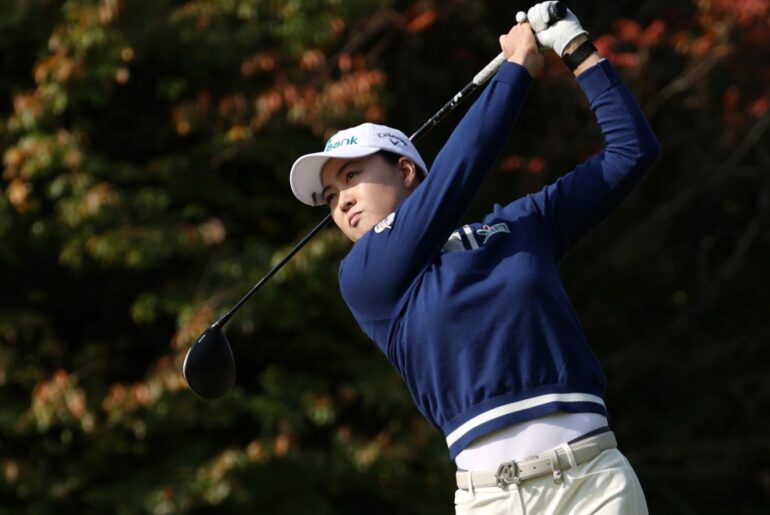Every two years, the Ryder Cup reaffirms its place as the most unpredictable and closely watched event in professional golf. The 2025 edition elevated that reputation once again. Held at the Bethpage Black Course in New York, the matches provided a rare reversal in home advantage, as Europe triumphed on American soil with a 15–13 victory. The result broke a sequence of defeats for travelling teams, ending a run that had lasted since 2012.
Beyond the result, the setting itself added a distinct flavour to the contest. Bethpage Black, built in 1936 and designed by Joseph H. Burbeck and A. W. Tillinghast, is very demanding and punishes every small error.
Leadership, Strategy and Composition
Team selection in 2025 followed a revised format. Both Europe and the United States relied on systems that rewarded recent form and gave their captains more freedom. For the U.S., Keegan Bradley led the side. Six players qualified automatically by earning points through prize money won at PGA Tour events and majors in 2024 and 2025, with extra weight given to the majors. Bradley then chose six more players after the Tour Championship.
Europe, led again by Luke Donald, adopted a streamlined qualification process. A single points list replaced the old two-list system, aiming to reward consistent performances and align with the new banding structure introduced by Ryder Cup Europe. Donald also selected six players based on the needs of the course and the overall team balance.
LIV Golf continued to influence selections. The DP World Tour penalises those who appear in conflicting events, which keeps names like Sergio Garcia, Ian Poulter, Lee Westwood and Graeme McDowell out of contention. Garcia had paid his fines and hoped for a spot, while McDowell expressed interest in a return in 2027.
The Flow and Form of Play
The Ryder Cup follows a match play format. Over three days, 28 matches are contested, and the team that secures 14½ points claims victory. If both sides finish with 14 points, the previous winner retains the trophy. Each day follows a specific rhythm. The first two days combine foursome and four-ball formats.
In foursomes, pairs alternate shots using a single ball. Four-ball allows each player to play their own ball, with the best score on each hole counting for the team. The final day is reserved for twelve singles matches.
Each match lasts a maximum of 18 holes. A team earns a point by winning a match outright or half a point if the match is tied. No extra holes are played. This format, with its reliance on short bursts of competitive pressure, tends to expose strengths and weaknesses more than extended stroke play ever could.
A Clear Shift in Perception and Application
The matches developed with clear shifts across sessions. Early pairings highlighted which combinations worked under pressure, while four-ball rounds allowed stronger shot-makers to take control. By the second day, Europe had built a lead, and analysts followed each matchup closely to trace where the momentum turned.
Betting sites responded by adjusting odds, confirming a swing in confidence that reflected the scoreboard. For those interested in future golf events, you can find a ranking of the best bookmakers on Oddspedia, which highlights UK-licensed operators that meet regulatory standards and are recognised for reliability, user experience, and market depth. Many of these bookmakers also provide promotional bonuses for new and existing users, adding further options for those following the sport.
Looking Towards 2027
The next staging of the Ryder Cup will take place at Adare Manor in County Limerick. From 13 to 19 September 2027, Europe and the United States will contest the centenary edition in Ireland. This will mark the second time the country has hosted the event, the first being in 2006 at The K Club. That contest remains the most dominant European win to date, as Ian Woosnam’s side secured an 18½–9½ victory.
The 2027 venue carries both historical and symbolic weight. Extensively redesigned in 2017 by Tom Fazio, Adare Manor sits along the River Maigue and has previously hosted the Irish Open and the JP McManus Pro-Am. Its inclusion as the Ryder Cup’s host for the 100th year reflects the growing reputation of Irish courses in global golf. The Government of Ireland, local councils and JP McManus himself have all reinforced support for the event, both as a sporting spectacle and as an economic opportunity.
The Continuity Beneath the Surface
The Ryder Cup’s appeal endures because the contest never slips into predictability. Even when the venue changes, the same balance of pressure, pride and precision returns. With its results determined in a compact format and every match having tangible consequence, the event preserves tension from first tee to final putt.
The evolution in team selection, the handling of external disruptions, and the hosting at high-profile public venues signal a tournament that adapts while holding fast to its competitive heart. In that structure lies a strength that sustains its relevance beyond any single edition.
This is a submitted article written by Gary Whitlock.





